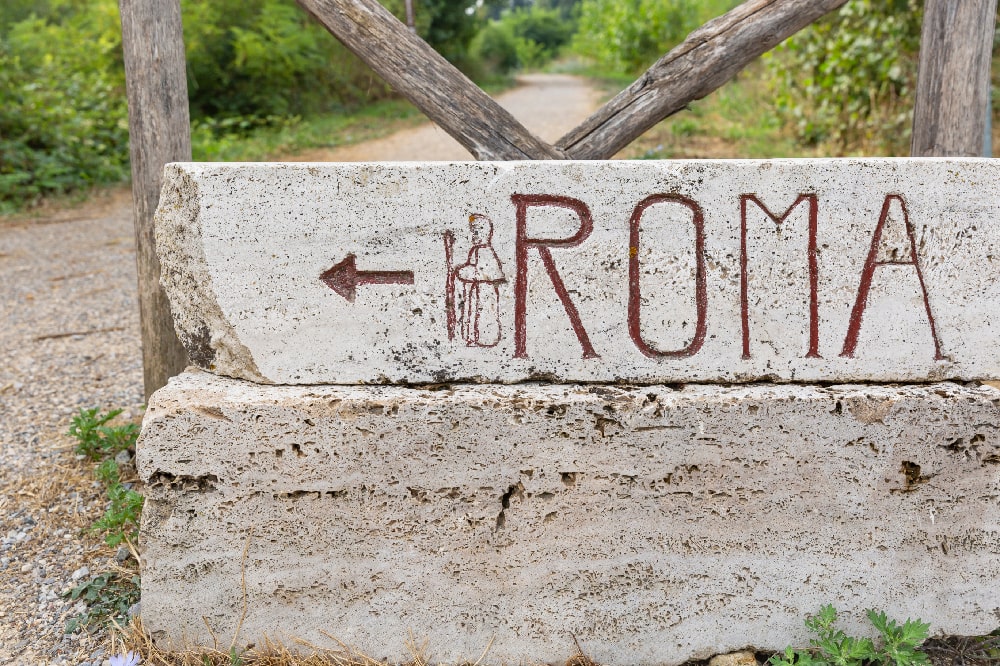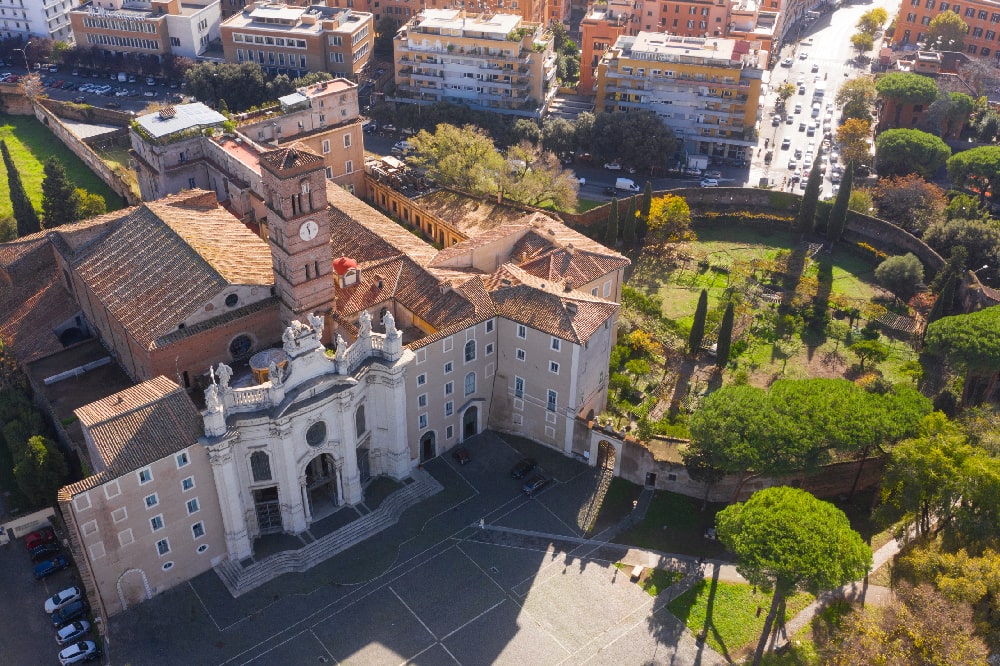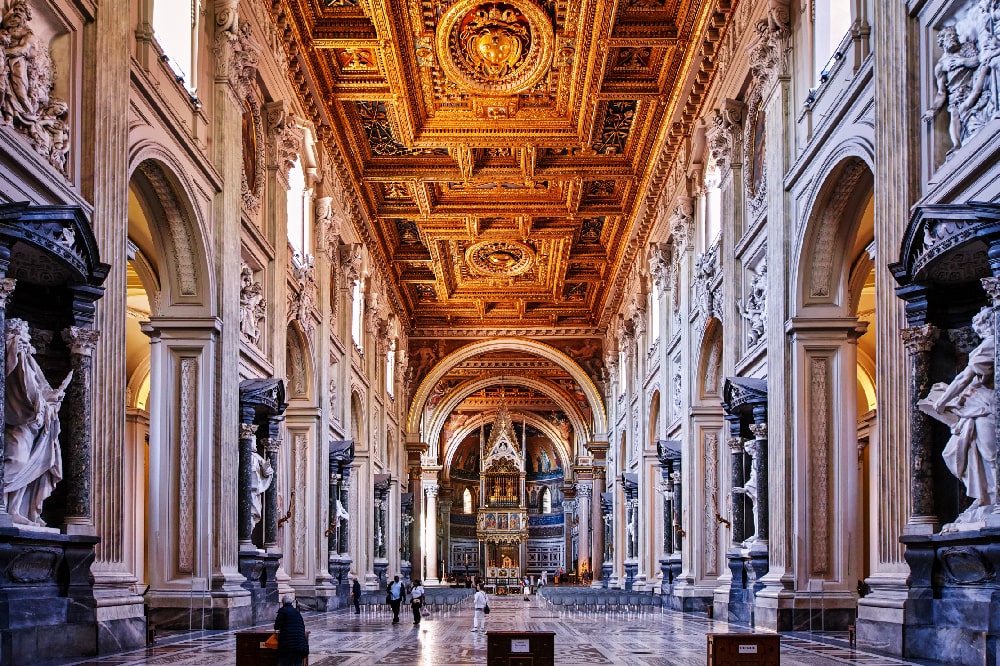Considered as food for millennia, but also as a cosmetic and healing ally, olive oil has so many beneficial properties that it is considered as an elixir of eternal youth.
Contents
Rich and precious as the metal it is compared to, olive oil, or ‘green gold’, crossed the history of humankind with many sequences of events, but always keeping its value and prestige. The reasons behind such excellence lie in the nature itself of the extra virgin olive oil, which is indeed a squeezed olive juice obtained only through a mechanical process.
This ensures that all the precious nutrients contained in the fruits of the olive tree stay preserved in the oil, with no industrial interventions nor the use of chemical solvents.
That makes olive oil the most suitable food fat for human consumption, especially because it is extraordinarily rich in monounsaturated fat acids, which fight bad cholesterol and help prevent cardiovascular diseases, while it has few saturated fats, main cause of the above mentioned diseases.
Such miraculous balance of fat acids ensures that olive oil becomes an unavoidable ally in the fight and prevention against artery occlusion, arteriosclerosis, heart attacks and strokes. Plus, the abundance of vitamin E, polyphenols, phytosterols, chlorophyll and carotenoids in it make olive oil a real magic potion to slow down the action of free radicals, thus delaying aging.
Furthermore, olive oil has wonderful soothing and anti-inflammatory properties, fights the dryness and desquamation of skin and hair, and keeps tissue elastic and young.
History of olive oil
We actually don’t know if our ancestors who began harvesting this miraculous plant and produce this inestimable oil very early, found out about how good it was right away. Probably so, considering that the most ancient traces of olive trees and oil production date back to the V Millennium B.C. in the Middle East, Israel, Armenia and Palestine, but also India. It seems that at the beginning, olive oil was only used as a medicine or cosmetic. It was used indeed as skin oil. In addition, it was a fuel for the first oil lamps.
The Greeks and the Romans deepened the production and conservation techniques of olive oil, and spread the plantation of olive trees first in the Mediterranean basin, and then to the edges of the known world after the expansion of the Roman empire. Of course, the plant grew and rooted mainly in the regions with a Mediterranean climate, where it still represents one of the most characteristic elements of the local plant life. Furthermore, the Romans categorized oil according to different types of pressing.
The Medieval age represented a dark time for olive trees plantation as well, but it didn’t last long. The growing commercial middle class on one side, and the monks in Cistercian and Benedictine abbeys on the other side, saved the plantation of grapevines and olive trees, and passed on the pressing techniques, bringing a new era of production and blooming trade.
In 1700, olive oil had its consecration as an excellence product, and Italy became the most famous and important producer. And today, especially with the affirmation of the Mediterranean diet as healthy and a precious food to prevent diseases, olive oil is still one of the most exported products of the country.
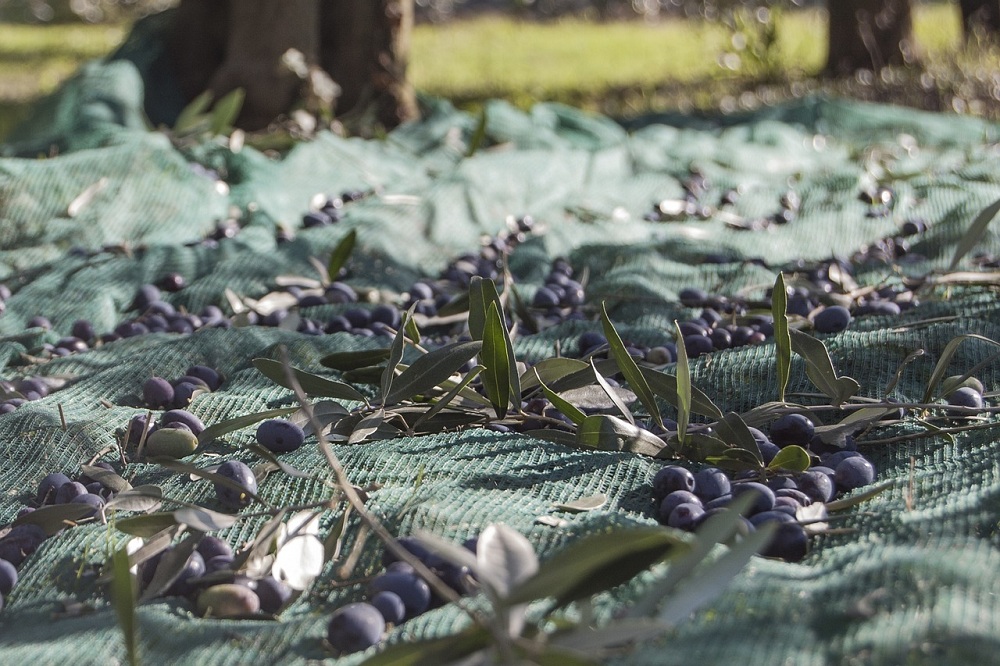
The olive oil in Christian religion: symbolism and meaning
Even Christian religion gave much importance to the olive tree and its precious green fruits.
In a previous article, we lingered on the many plants, flowers and shrubs mentioned in the Old and New Testament, and on the plants associated to the cult of Mary, Jesus and the Saints throughout time. For the Jews, the olive tree was a symbol of justice and wisdom.

Trees and plants in the Christian tradition
In ancient times, the relationship between man and nature was much closer. Life was linked to the alternation of the seasons
The dove set free by Noah after the universal Flood brought an olive branch back to the ark. That branch meant not only that the water were receding, but it was also a sign of a rediscovered peace between God and men. God was not angry anymore and had forgiven his creatures. Such symbolism of the olive tree as a sign of peace and renewed allegiance in the New Testament is present in the tradition of Palm Sunday, when blessed olive branches are given to the faithful.
The olive tree represents Jesus that, while dying on the cross and sacrificing himself, becomes symbol of the reconciliation between God and men. The fact that Jesus spends his last night in the Garden of Olives is also a sign of such connection between Him and the olive plant. Not just that. Olive oil is fundamental for the Chrism, the sacred oil used for Christenings and Confirmations, and also to consecrate new priests and give the Extreme Unction.
We must remember such symbolic connection especially close to Easter, and treat olive branches we received during Palm Sunday with the due respect, as we explained in a previous article.
Online monasteries products
During our brief explanation on the history of olive oil, we mentioned how monks in ancient monasteries were the guardians of the ancient art of olive plantation and the production techniques of olive oil for a long time. This tradition and passion are still there today. Many monasteries produce and sell excellent olive oil mainly online, and many other products.
We at Holyart always gave much importance to food and cosmetic products coming from monasteries: make up, beehive products, honey, liquors, wines, essential oils, candies and sweets, grappa and spirits, medicinal herbs and many more. In particular, in our store you will find articles of all kinds produced by the Monks of Camaldoli, in the Finalpia Abbey, by the Trappist Monks of Vittorchiano in the Monte Uliveto Abbey, and many more.
In the section ‘oils and dressings’ you will find many different types of oil produced in monasteries, besides oil products such as sauces and aromatized oils. Just one example: the Extra virgin Olive oil of Monte Oliveto. It is a higher quality extra virgin olive oil and received the recognition of ‘Agriqualità’ of Tuscany. This oil is obtained by cold-pressing of the olives coming from the 5000+ plants in the lands of the Monastery of Monte Oliveto Maggiore in the area near Siena, and is therefore 100% Italian, both for the picking of the olives and its production. It has such an intense flavor, that just one third of a normal quantity is enough to season any dish.

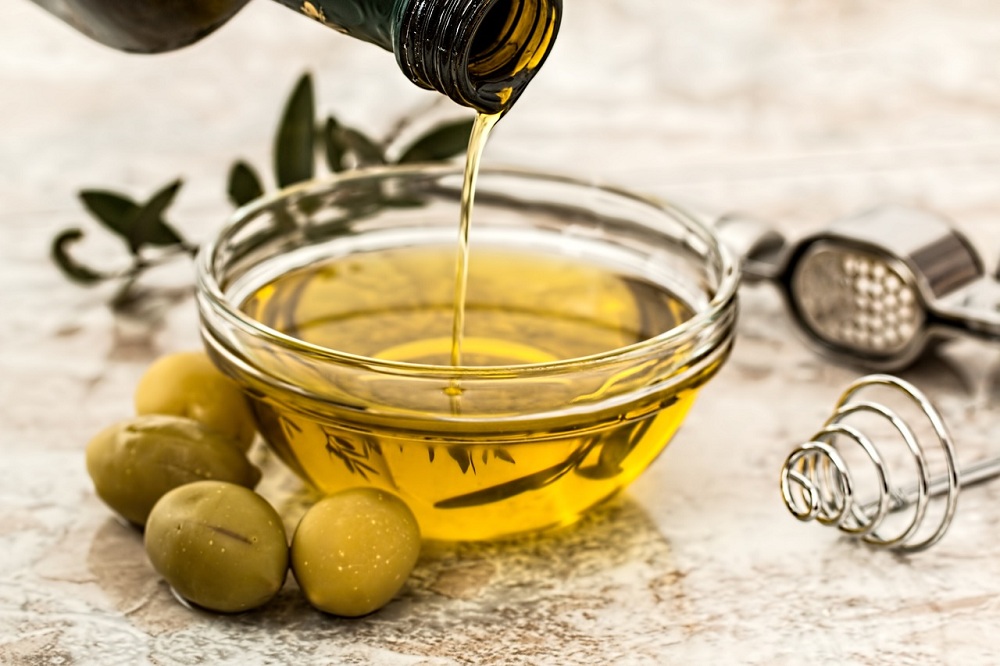
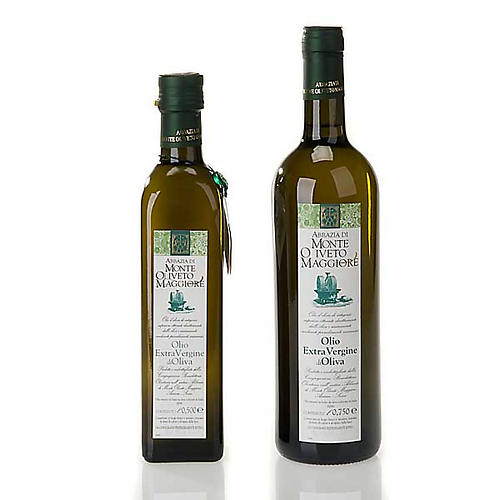
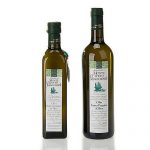
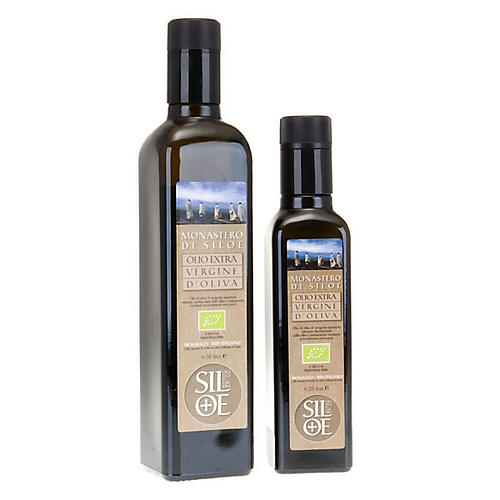
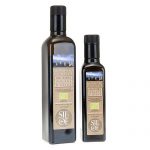
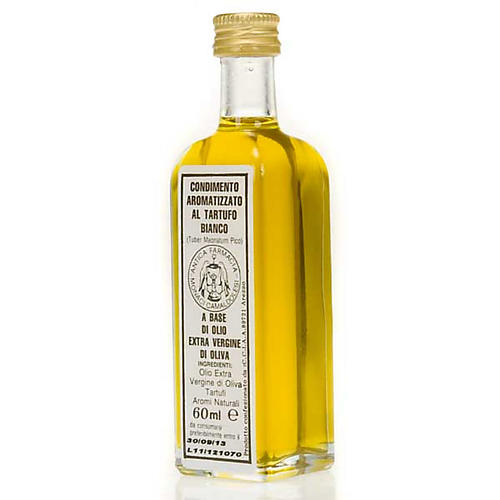
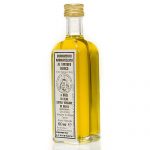
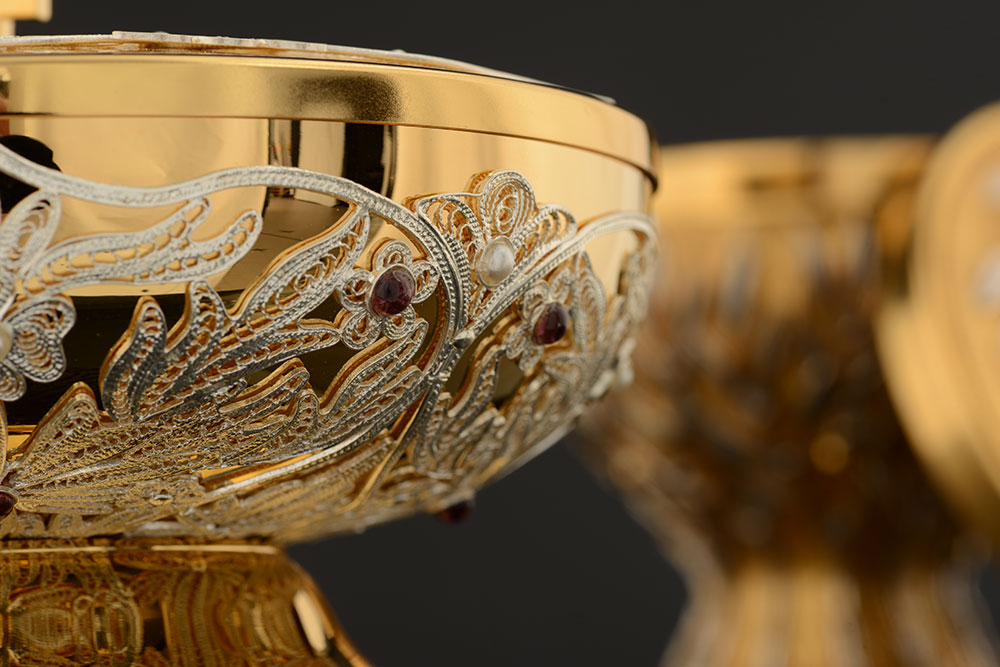
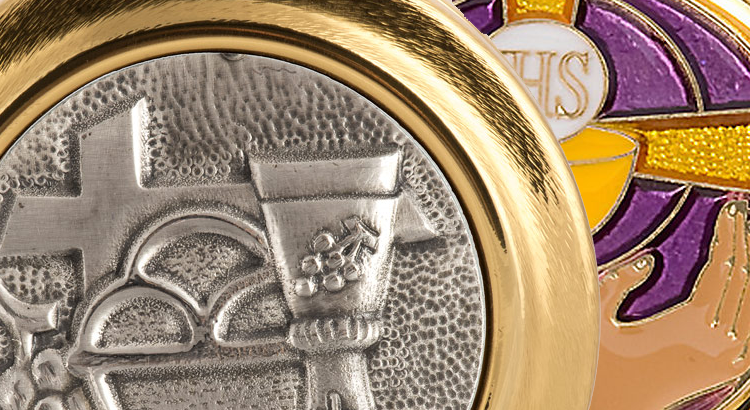


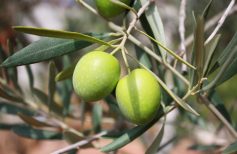



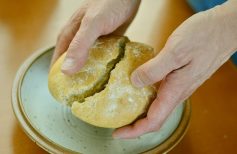







 5 June 2024
5 June 2024
